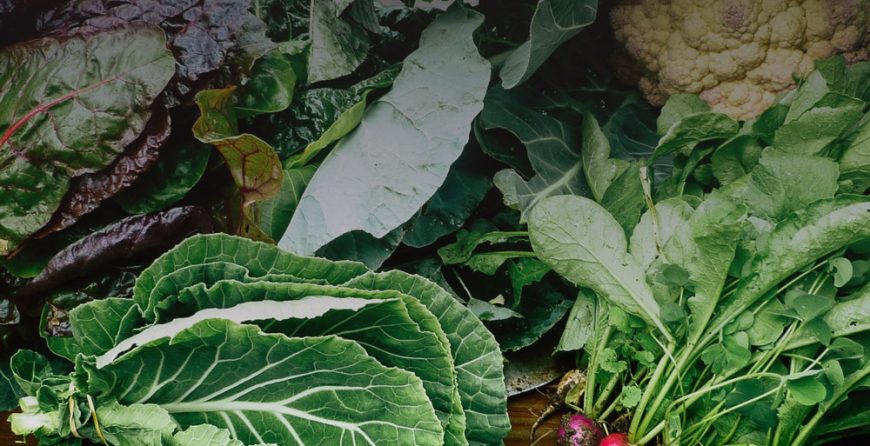 The growing emphasis on organic gardening has led to the reemergence of ancient yet highly effective gardening techniques like crop rotation. Crop rotation was highly practiced by ancient farmers, but nowadays, it is only practiced by large scale gardeners. However, every gardener despite how big or small they are can benefit from crop rotation. It is important for all organic gardeners to embrace crop rotation because it eliminates the need for chemical pesticides and herbicides through strengthening garden soil. Here are other benefits of crop rotation that should encourage every gardener to adopt the ancient yet effective gardening technique.
The growing emphasis on organic gardening has led to the reemergence of ancient yet highly effective gardening techniques like crop rotation. Crop rotation was highly practiced by ancient farmers, but nowadays, it is only practiced by large scale gardeners. However, every gardener despite how big or small they are can benefit from crop rotation. It is important for all organic gardeners to embrace crop rotation because it eliminates the need for chemical pesticides and herbicides through strengthening garden soil. Here are other benefits of crop rotation that should encourage every gardener to adopt the ancient yet effective gardening technique.
Disease prevention
Certain spores and bacteria that attack specific crops can survive through winter and attack your crops during your next growing season. The harmful bacteria and spores will stay in the soil and cannot move far unless you move your garden soil. So, if you plant their host plants in the same location, the disease causing bacteria will thrive and possibly become stronger. However, if you plant crops from a different group that does not host the bacteria, the disease will be suppressed and eventually disappear. This
theory also works with stubborn garden pests that attack vegetables.
Boost soil nutrients
Different crop families have different soil nutrient demands. Meaning that, if you plant the same crops in one location season after season, you will deplete the soil of essential nutrients. On the other hand, rotating plants from different families prevents depletion of essential nutrients and retains rich and well-balanced soil. Moreover, varying root depths prevent soil compaction. For instance, if you plant a shallow rooted plant like lettuce in the same location often, only the top soil layer will retain beneficial nutrients.
Increases soil health
Apart from boosting soil nutrients, rotation also increases soil health. Nitrogen fixing plants like legumes and beans do a good job at boosting soil health if planted where heavy feeders like tomatoes were planted before. However, you do not have to plant legumes and beans. Rotate crops that differ in the life cycle and growth practices like soil nutrients requirements, moisture needs and rooting. So, understanding crop families are indispensable if you plan on reaping crop rotation benefits.
Additional points
Understanding the principles behind crop rotation make your
work easy. For instance, you need to note what crops you plant at every section. You will need the information during the next growth season where you must plant crops from different families. Keep a gardening journal. If you are a starter, seek advice from other organic gardeners or an organic store near you. The best journal will have garden layouts drawn on a graph paper.
Gardening experts recommend a three-year rotation plan where
you alter the same crops every year. This technique works wonders for small gardens. Compartmentalize your garden and mark the compartments to make your rotation exercise much easier. You simply have to note or remember the crop you grew in each compartment and craft a good rotation plan without getting confused. No organic gardener should underestimate the power of crop rotation.



[…] Crop rotation by Martha Krejci. A welcomed gardening blogger here on word press. I love her post. So helpful, and lovely voice. […]